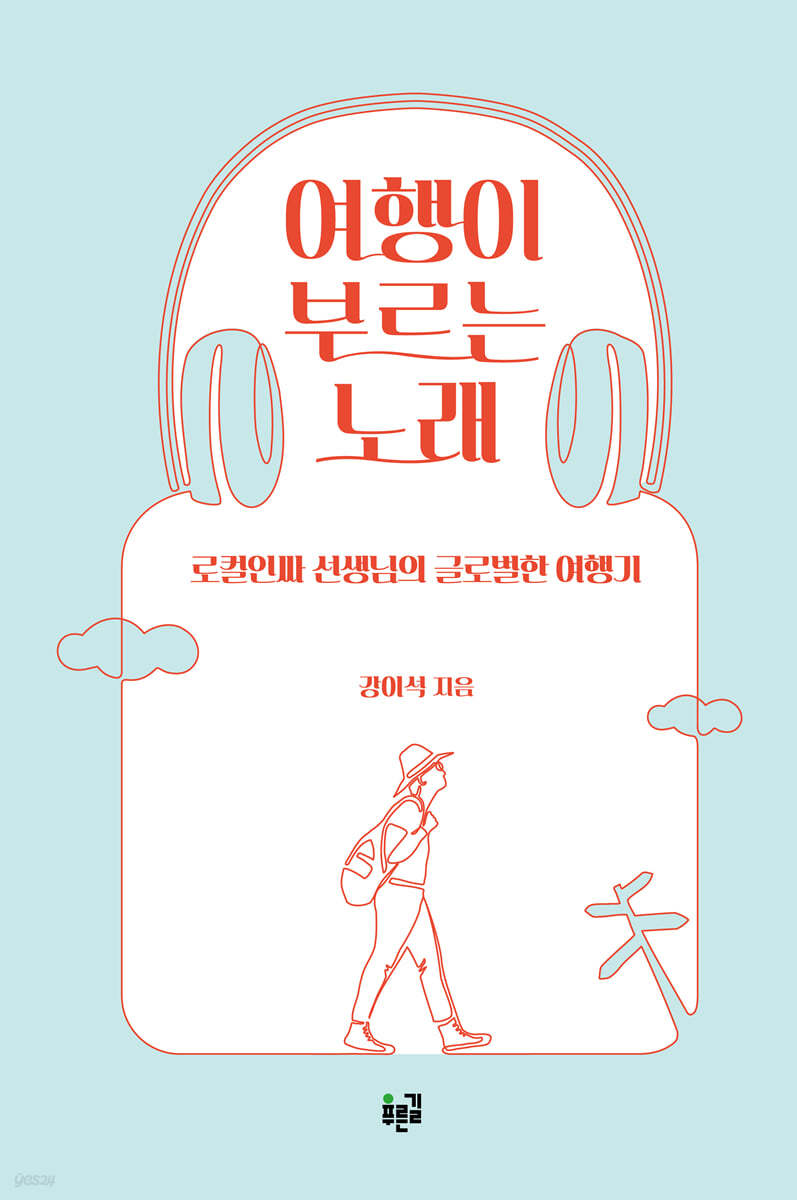인터뷰: 데이비드 하비와 김창현의 '시공간 압축' 신간 토론회(픽션) 2024-09-10 08:47:47 +0900 | 0 | 122

인터뷰: 데이비드 하비와 김창현의 '시공간 압축' 신간 토론회
* 주의: 이 글은 가상의 상황을 연출한 것입니다.
김창현: 하비 교수님, 저희가 오늘 토론할 책, '시공간 압축'에서 교수님의 학문적 여정을 매우 상세하게 다루고 있습니다. 특히 교수님의 초기 저작부터 최근의 포스트모더니티에 이르기까지의 변화를 살펴봅니다. 초기에 '지리학에서의 설명'을 통해 계량혁명을 집대성하신 이유가 무엇인가요?
데이비드 하비: 그 당시에는 지리학 내에서 계량적 방법이 크게 부상하고 있었죠. 제가 그 책을 쓴 주된 목적은 지리학적 문제들에 대한 더 정밀하고 과학적인 접근을 모색하려는 것이었습니다. 그러나 시간이 지나면서 저는 그런 방법론만으로는 사회적, 경제적 현상의 복잡성을 충분히 설명할 수 없다는 것을 깨달았습니다.
김창현: 그로 인해 마르크스주의에 눈을 뜨게 되신 건가요? '사회정의와 도시'에서 교수님은 마르크스 이론을 도시 공간에 적용하셨습니다.

데이비드 하비: 맞습니다. 마르크스주의는 저에게 사회적 공간의 생산과 재생산을 이해하는 새로운 방법을 제공했습니다. 특히 자본주의 도시들에서 벌어지는 다양한 사회적 갈등과 경제적 변화를 분석하는 데 큰 도움이 되었죠.
김창현: 1989년 '포스트모더니티의 조건'에서는 시대적 변화에 대한 교수님의 해석이 더욱 깊어진 것 같습니다. 이 작품을 통해 교수님은 어떤 메시지를 전달하고자 했나요?
데이비드 하비: '포스트모더니티의 조건'에서 저는 현대 자본주의 하에서의 문화적 변화와 경제적 조건 간의 상호작용을 탐구하려 했습니다. 특히 시공간의 압축이 어떻게 사회적 관계와 인식을 재구성하는지에 초점을 맞췄죠. 이는 오늘날 우리가 디지털 기술, 빠른 정보 흐름, 도시화의 급속한 변화를 어떻게 이해할 수 있을지에 대한 통찰을 제공합니다.
김창현: 매우 흥미로운 접근이군요. 교수님의 이론은 경제학자들이 시공간 압축을 이해하는 데 어려움을 겪는 이유를 설명할 수 있을까요?
데이비드 하비: 경제학자들은 종종 정량적 모델에 집중하며, 이로 인해 더 넓은 문화적, 정치적 맥락을 간과할 때가 많습니다. 시공간 압축은 경제적 변화가 단순히 숫자로만 표현될 수 없는 복잡한 사회적 역동성을 내포하고 있습니다. 이를 이해하기 위해서는 경제학 뿐만 아니라 사회학, 정치학, 지리학의 통합적 접근이 필요합니다.
김창현: 오늘 토론회를 통해 교수님의 저작들과 사상에 대한 깊은 이해를 돕기를 바랍니다. 이 책이 많은 독자들에게 교수님의 이론을 접하는 새로운 창을 제공할 것입니다. 감사합니다, 하비 교수님.
데이비드 하비: 감사합니다, 창현씨. 이런 기회를 통해 저의 사상이 더 많은 사람들에게 전달되길 바랍니다.

Interview: David Harvey and Chang-hyun Kim's Discussion on the New Book 'The Compression of Space and Time'
Chang-hyun Kim: Professor Harvey, today we're discussing your scholarly journey as detailed in our new book, 'The Compression of Space and Time.' You've transitioned from your early works to recent thoughts on postmodernity. Why did you initially encapsulate the quantitative revolution in your first work, 'Explanation in Geography'?
David Harvey: At that time, quantitative methods were gaining significant traction in geography. My main objective with that book was to seek a more precise and scientific approach to geographic issues. However, as time progressed, I realized that these methodologies alone could not adequately explain the complexities of social and economic phenomena.
Chang-hyun Kim: Is that what led you to embrace Marxism? In 'Social Justice and the City,' you applied Marxist theory to urban spaces.
David Harvey: Yes, that's correct. Marxism provided me with a new way to understand the production and reproduction of social space. It has been particularly helpful in analyzing various social conflicts and economic changes occurring in capitalist cities.
Chang-hyun Kim: In 1989, 'The Condition of Postmodernity' seemed to deepen your interpretation of temporal changes. What message were you trying to convey with this work?
David Harvey: In 'The Condition of Postmodernity,' I explored the interactions between cultural shifts and economic conditions under contemporary capitalism. I particularly focused on how the compression of space and time restructures social relations and perceptions. This offers insights into how we might understand rapid technological advances, fast information flows, and the swift changes in urbanization today.
Chang-hyun Kim: That’s a fascinating approach. Does your theory explain why economists struggle to understand the compression of space and time?
David Harvey: Economists often focus on quantitative models, which can overlook the broader cultural and political contexts. The compression of space and time involves complex social dynamics that cannot be fully expressed in numbers. Understanding this requires an integrated approach across economics, sociology, political science, and geography.
Chang-hyun Kim: We hope today's discussion deepens understanding of your works and thoughts. This book should provide a new window for many readers into your theories. Thank you, Professor Harvey.
David Harvey: Thank you, Chang-hyun. I hope this opportunity helps convey my ideas to a broader audience.






의견남기기